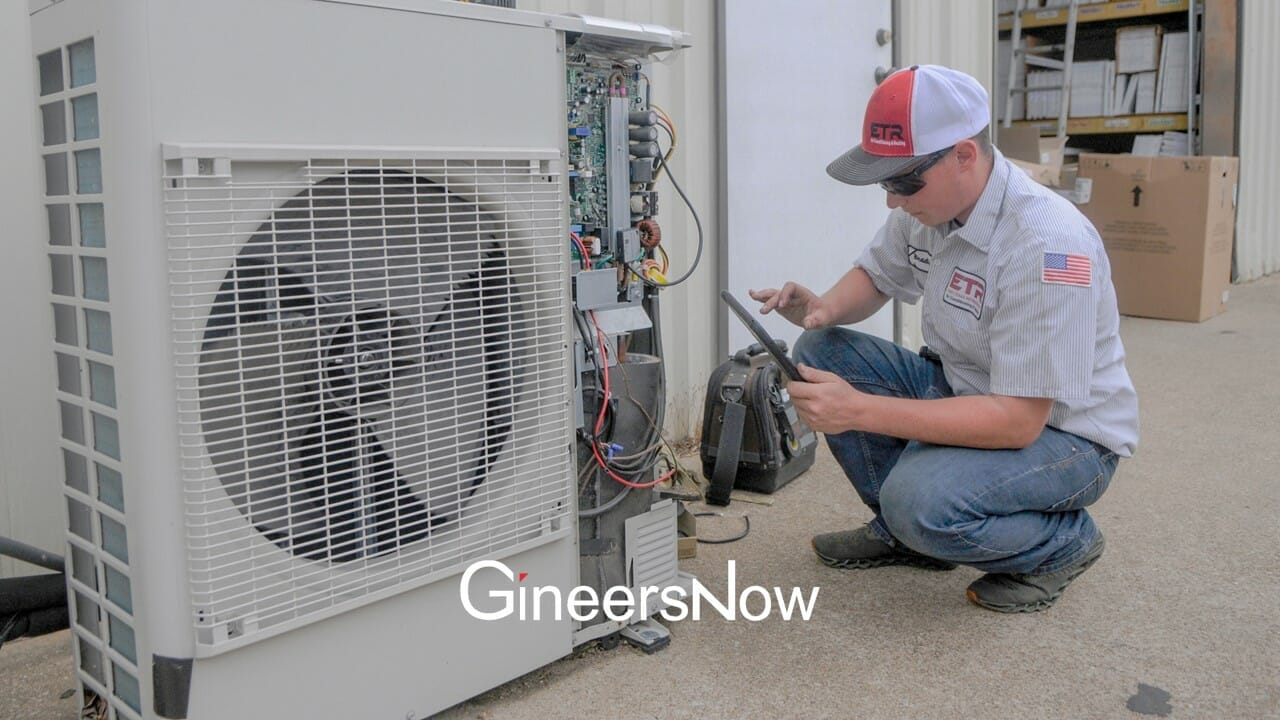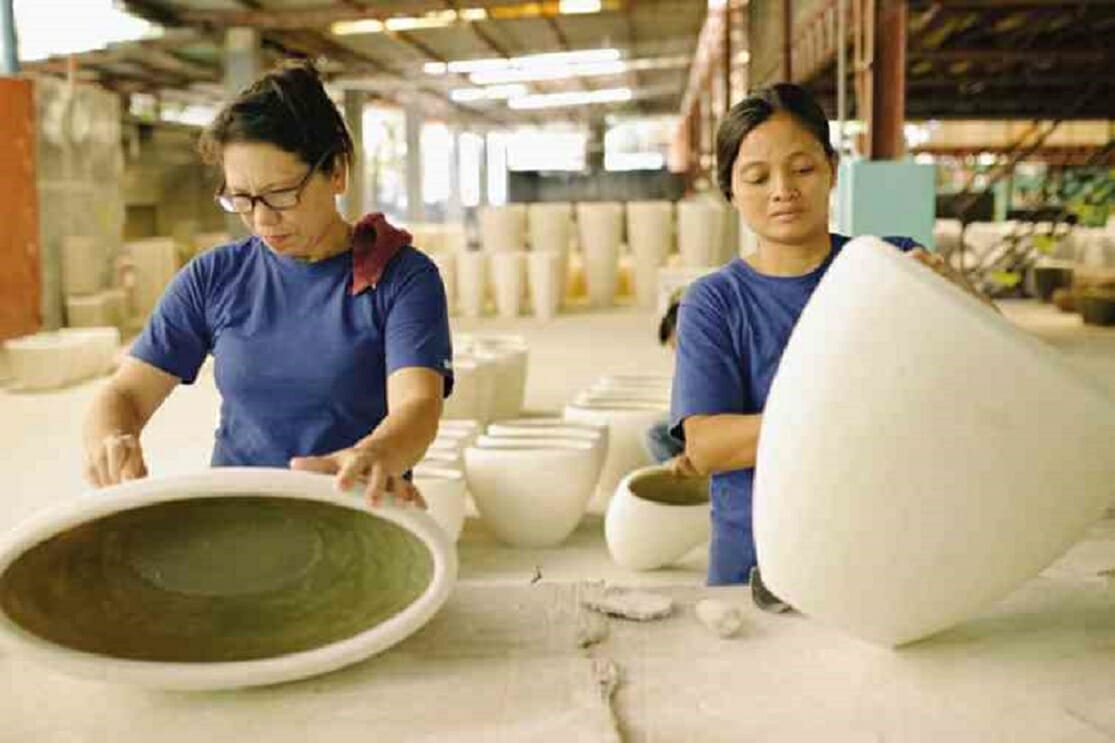From waste to clean synthetic gas
The process of gasification dates back in the 19th century for the purpose of turning coal into coal gas as a source of power. It involves a set of chemical reactions that uses limited oxygen and heats carbon-based materials to a high temperature. This sounds like combustion, but it is actually not.
While the technology is genius at the time, it became less popular over the years especially after the discovery of natural gas reserves early in the last century. But gasification plants made a comeback in the past 20 years, using only waste wood as raw material.
Now, researchers are building on the basics of gasification and advancing the technology. They say that the process can now turn a huge portion of landfill material into clean synthetic gas.
Jean-Eric Petit from Bordeaux-based French company CHO Power, said, “Gasification is clearly gaining a lot of traction, but we’ve taken it further.” He and his team allowed a broader range of materials – like plastic, biomass, and textiles except metal and rubble – to be processed other than wood, as well as producing synthetic gas that is much cleaner.

Illustration via Eco Globe
Normally, gasification makes use of temperature greater than 700°C to heat, without combusting, hydrocarbon-based materials into a gas of carbon monoxide and hydrogen which can be used as a fuel. Wood is easily heated in this process, but with hydrocarbon materials like industrial wastes that are difficult to recycle, the reaction has the tendency to produce pollutants such as tar.
Now the researchers have overcome this limitation by increasing the temperature of the gasification process to about 1200°C. In this case tar, a hydrocarbon, is already broken down and included in the production of synthetic gas.
Petit says that the byproduct of this advanced gasification is syngas which does not create dangerous pollutants. Furthermore, it is high-quality enough to be fed directly into high-efficiency gas engines, generating electricity with twice the efficiency of the steam turbines used with conventional gasification.
To demonstrate that the process indeed works, CHO Power has built its own advanced gasification plant in Morcenx, France. Annually, it converts 55,000 tonnes of wood, biomass, and industrial waste producing 11 megawatts.

Photo by CHO Power
Petit believes that they may not be the first company to attempt to offer advanced gasification on a commercial scale. But he said, “We think we’re the first to crack it.”
Having realized the potential of this process, the European Investment Bank had given a €30 million loan for the construction of another plant in the Thouarsais area in France.
The posing problem about this advanced gasification is the steady supply of waste to be heated and turned into syngas.
Torino-based company Hysytech plants to solve this by building small gasification plants next to a industrial plants to eliminate the emissions associated with transporting the wastes.
Moreover, because it is the first company to venture on commercializing advanced gasification, Hysytech is challenged to be the first to succeed in this level. In the history of gasification, companies are not willing to try this scale because of the cost.
But Hysytech has claimed to have solved this problem by developing a novel reactor known as fluidized bed. “Our system is designed and built to operate year-round with a good efficiency, easy operation and little maintenance,” said Andrés Saldivia, Hysytech’s head of business development.
Will gasification plants be more common in the future? Yes, but only when scale and cost limitations are conquered. This way we will be able to hit two birds in one stone: produce cleaner energy and eliminate industrial wastes that plague the environment.
Source: Phys.org


















